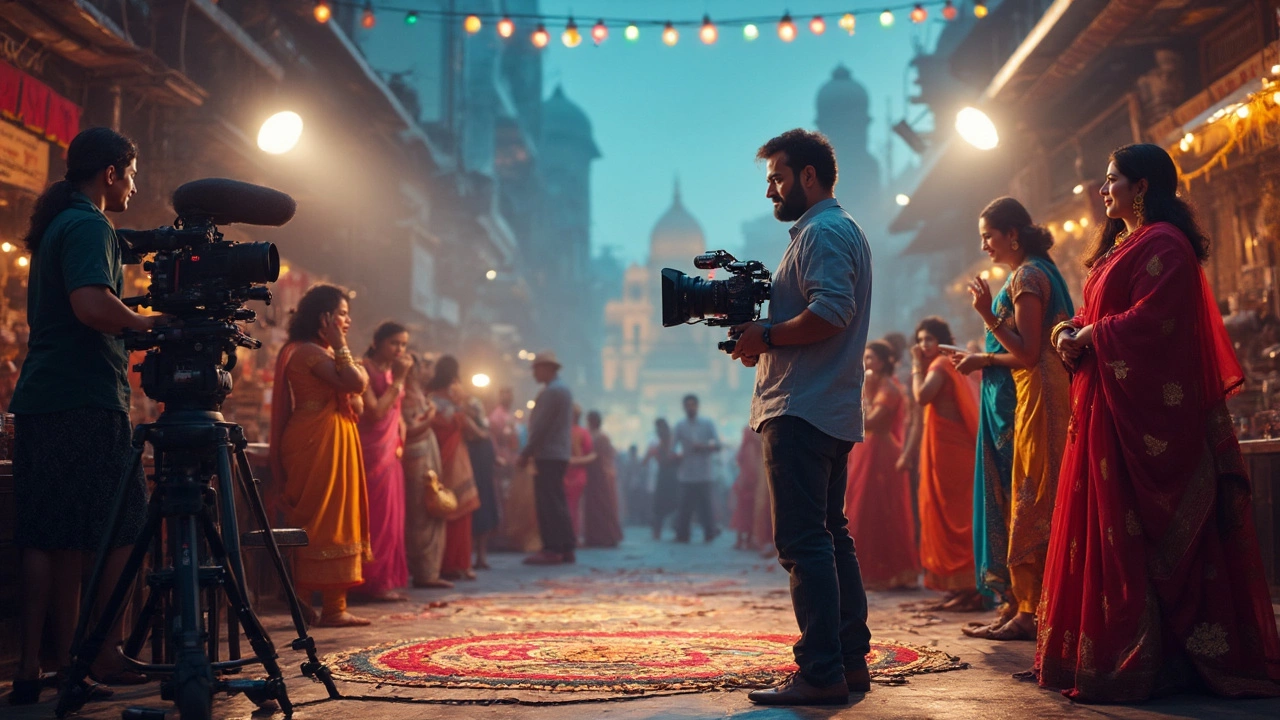Cinematography Guides and Tips for Creators in Mumbai
If you’re chasing that cinematic look, you’ve landed in the right spot. From shooting with drones to fine‑tuning color on a cheap laptop, the world of cinematography blends art and tech in a way that can feel overwhelming. The good news? You don’t need a Hollywood budget to get impressive results, and the experts at Mumbai Digital Print & Photo Services have gathered the most practical advice right here.
Why Cinematography Matters for Your Projects
Good cinematography does more than make a video look pretty – it tells a story. The right lighting, camera movement, and framing pull viewers into the moment and keep them hooked. Whether you’re filming a wedding, a product demo, or a short indie film, the visual language you choose sets the tone and influences how the audience feels.
In Mumbai, the bustling streets, vibrant colors, and diverse locations give you a playground of backdrops. But using them effectively means understanding a few basics: keep your shots steady, use natural light when you can, and think about how each frame connects to the next. You’ll find these concepts echoed in many of our blog posts, like the guide on drone licence rules in India and the piece about how photo studios make money. Both stress that legal know‑how and smart budgeting are key, whether you’re flying a quadcopter or renting a studio.
Practical Tips & Tools from Mumbai’s Photo Pros
Here are three quick wins you can start using today:
1. Choose the right gear for the job. You don’t need a full‑frame cinema camera for a simple wedding reel. A good DSLR or mirrorless body (like the ones we review in our DSLR camera meaning article) paired with a stable gimbal will give you smooth motion without breaking the bank.
2. Master basic lighting. Mumbai’s sunlight is strong, so use reflectors or a softbox to soften shadows. When shooting indoors, position LED panels at a 45‑degree angle to your subject – this mimics the classic three‑point lighting setup without complicated rigs.
3. Plan your post‑production workflow. Color grading can turn a flat clip into a cinematic masterpiece. Start with a simple LUT (lookup table) that matches the mood you want, then fine‑tune exposure and contrast. Our guide on photo book apps shows how easy it is to export high‑quality stills; the same workflow applies to video frames.
Don’t forget the legal side. If you want to incorporate aerial shots, the Drone Licence Rules in India article breaks down who needs a permit and how to apply. Skipping this step can lead to fines or having your footage confiscated.
When you’re ready to share the final product, printing stills from your video can be a great marketing tool. Our Effortless Ways to Print Digital Photos from Your Phone post explains fast, reliable options for turning digital frames into tangible prints – perfect for client portfolios or exhibition boards.
Finally, keep learning. The cinematography field evolves quickly, with new apps, lenses, and techniques popping up all the time. Bookmark our tag page and check back for fresh posts on topics like drone shows in India, best photo book apps for 2025, and even niche subjects like how many hours before the ceremony a bride should be ready. Each article adds a piece to the puzzle, helping you build a solid, professional workflow.
Ready to roll? Grab your camera, pick a location, and start shooting. With the right mindset, a bit of planning, and the practical tips above, you’ll be creating cinematic content that stands out – even in a city as busy as Mumbai.
